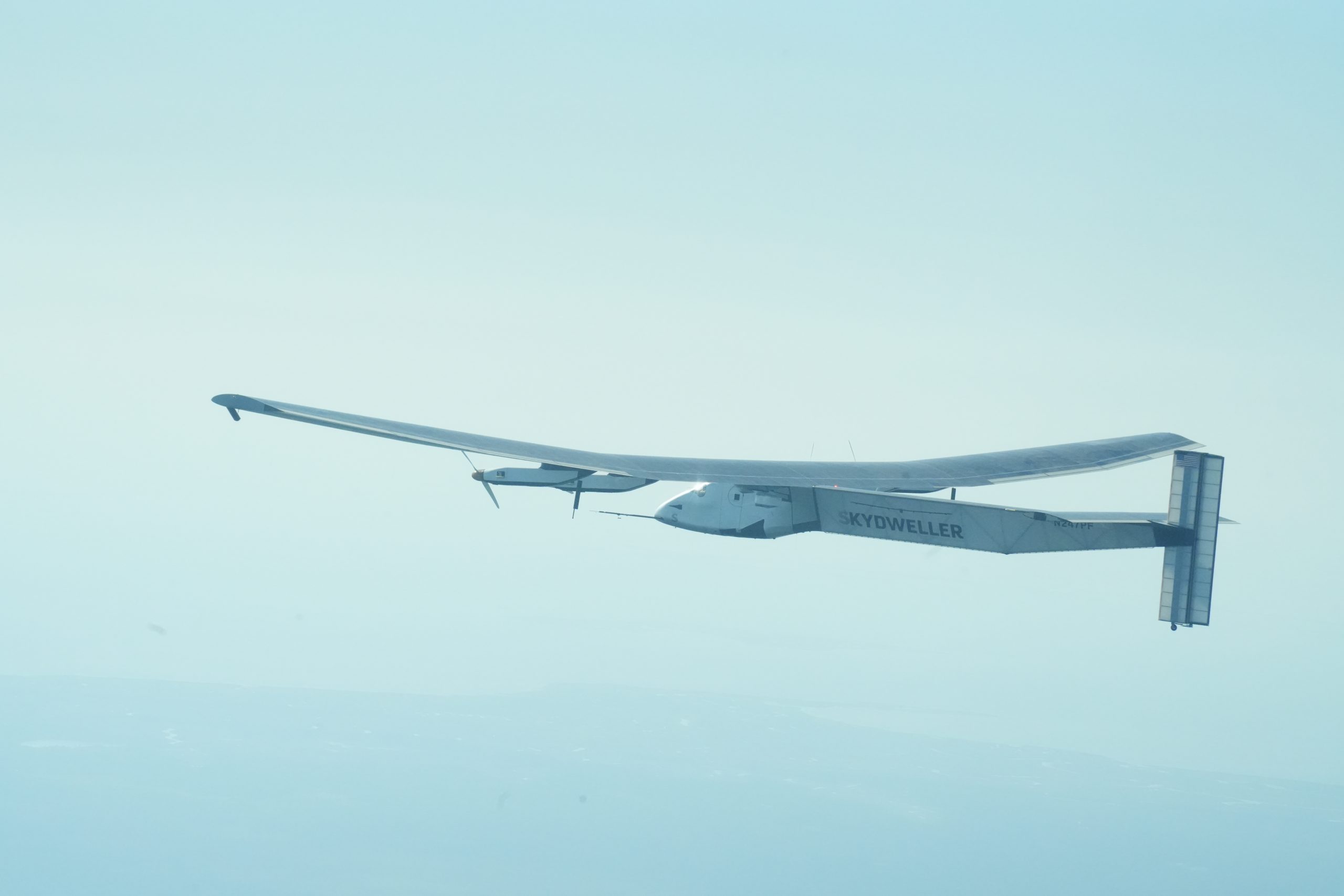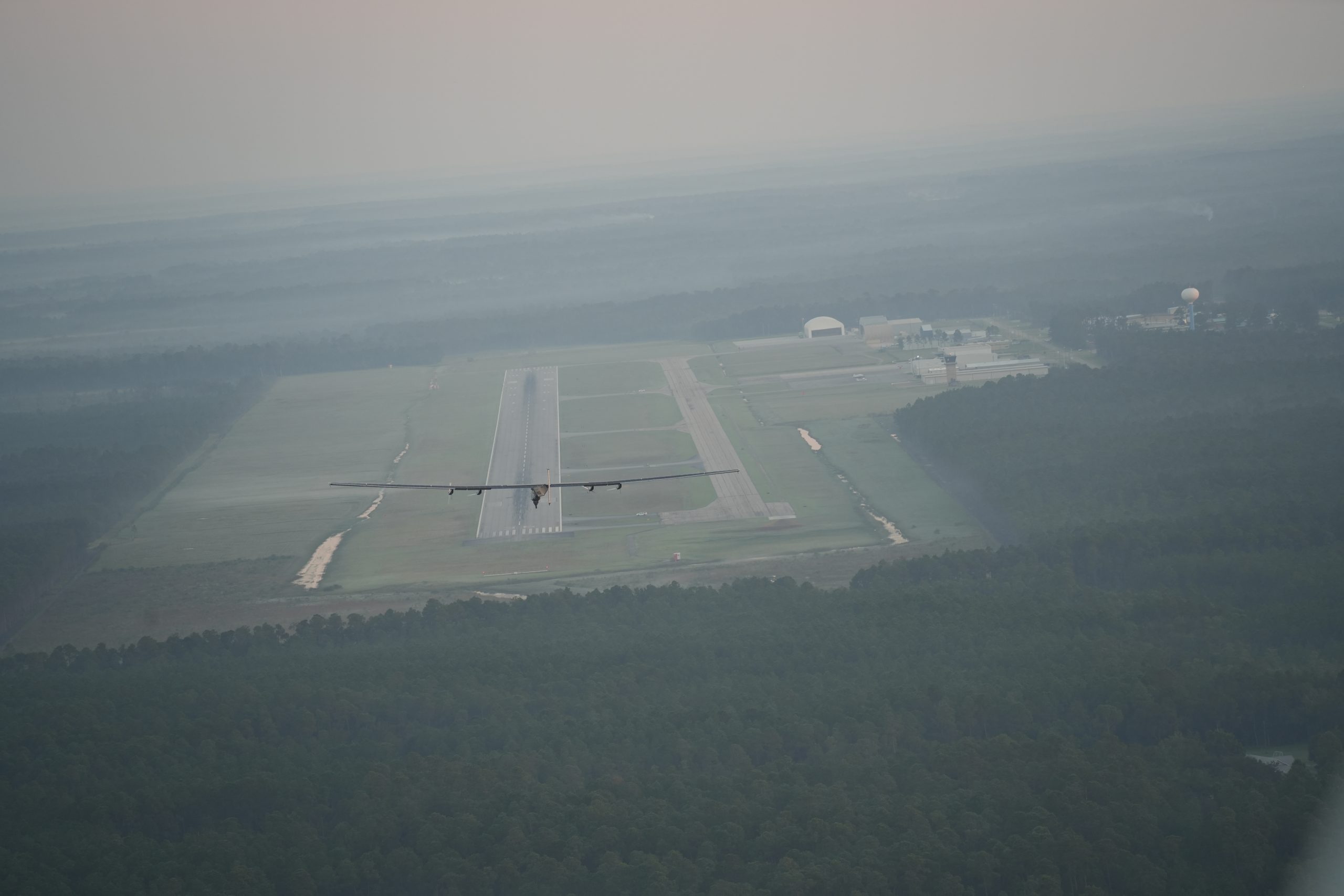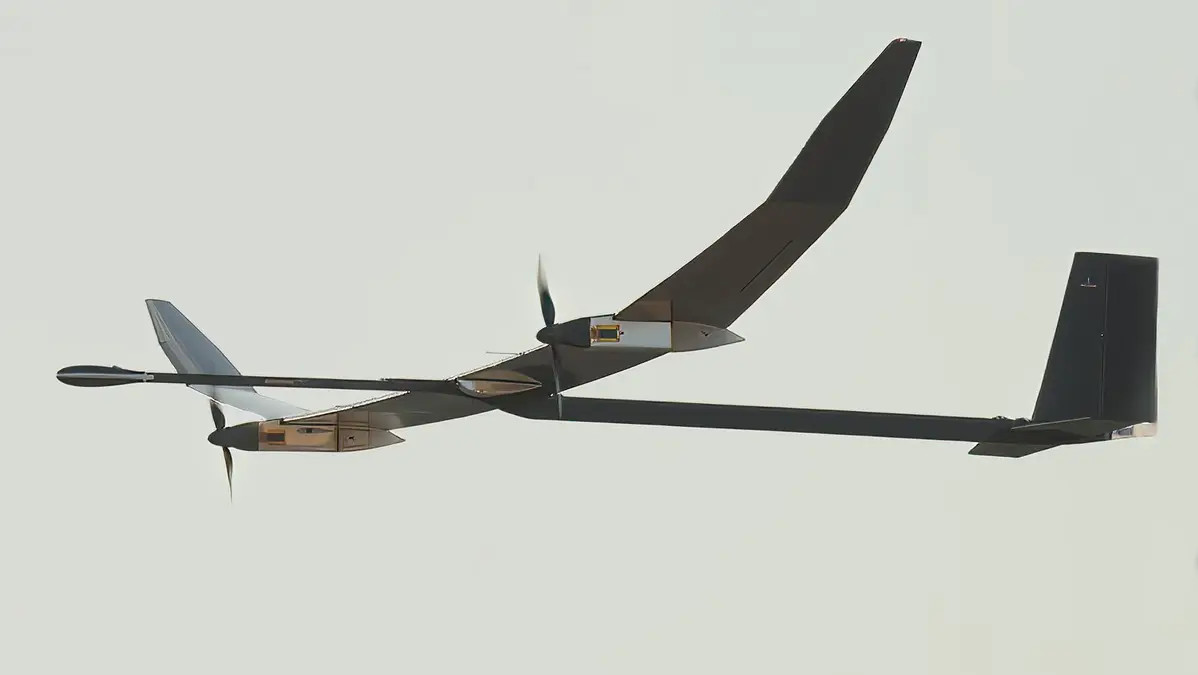Skydweller Aero Continues Autonomous Maritime Patrol Aircraft Flight Tests with Operational Military Payloads
6 January, 2025 Skydweller drone. Source: Skydweller Aero Skydweller Aero Inc. continues its Autonomous Maritime Patrol Aircraft flight tests of the Skydweller unmanned aerial system with operational military payloads integrated onboard.
The company announced this in a press release. The Skydweller drone, developed as part of the Autonomous Maritime Patrol Aircraft (AMPA) program, is being prepared for trial operation with reconnaissance equipment integrated onboard. The flights are scheduled to take place over "operationally important areas" at the beginning of this year.
These flights are a continuation of a series of the Skydweller tests conducted in late summer and fall 2024.
 The Skydweller drone in flight. Source: Skydweller Aero
The Skydweller drone in flight. Source: Skydweller Aero
Despite the challenging Gulf Coast weather--including two hurricanes--the company completed six flights between August 22 and September 22, four of which were fully autonomous. The longest missions lasted 16 and 22.5 hours respectively, and were conducted at the altitudes of up to 10 kilometers.
These tests allowed the development team to calibrate the drone's systems, which are responsible for analyzing weather conditions and adjusting the flight mission. The development and testing of Skydweller should prove that solar-powered vehicles can stay in the air for weeks and even months using solar energy.
 The Skydweller drone in flight. Source: Skydweller Aero
The Skydweller drone in flight. Source: Skydweller Aero
Such drones, given their height and flight time, can be a significant complement or even a replacement for probes.
The test campaign was initiated under the Joint Concept for Technology Demonstration (JCTD) of the Office of the Under Secretary of Defense for Research and Development (OUSD R&E).
Uncrewed solar aircraft
In July 2023, Militarnyi reported that BAE Systems had tested the PHASA-35 uncrewed solar aircraft at an altitude of more than 20 kilometers. The PHASA-35 has a wingspan of 35 meters and weighs 150 kilograms. It can carry a payload of up to 15 kilograms.
The body of the vehicle is made of composite materials, and the use of solar panels allows it to be recharged in the air, which significantly increases the flight duration.
 The PHASA-35.
The PHASA-35.
Photo credits: BAE Systems
With the latest technology, the drone can potentially spend more than 12 months in the stratosphere.
The drone can be used for a variety of tasks, from reconnaissance and surveillance to deploying communication networks.